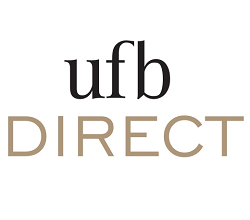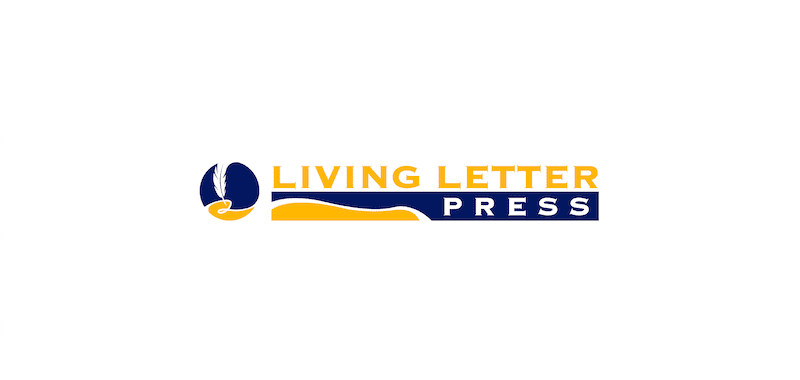Have you ever wondered what it’s like to be someone else? How your life might be different if you’d been born to different circumstances, or with a different culture entirely? If you’re a white American, being born as a minority would have given you a very different life, indeed, including entirely different financial circumstances.
For example, a recent study shows that white Americans had a median of $12,000 in their transaction accounts — accounts like checking accounts — vs. the roughly $2,100 median balance of both Black and Hispanic account holders in 2022.
Money in the bank, financial stability in life
It may not be all that surprising, but the lack of money in the bank for Black and Hispanic families also translates into fewer feelings of financial security. The Federal Reserve has been surveying American adults since 2013 to gauge how they’re feeling about their own financial picture. The question posed was about whether they felt they were “at least doing okay financially.”
In 2022, the last year we have data on transaction accounts, 84% of white adults felt that they were doing okay financially, compared to only 64% of Black adults. Despite having the same median bank balances, 77% of Hispanic adults felt they were doing okay financially.
Our Picks for the Best High-Yield Savings Accounts of 2024
|
American Express® High Yield Savings APY 4.25%
|
APY 4.25%
|
Min. to earn $1 |
|
Western Alliance Bank High-Yield Savings Premier 
APY 5.31%
Min. to earn $500 to open, $0.01 for max APY
|
APY 5.31%
|
Min. to earn $500 to open, $0.01 for max APY |
|
UFB Portfolio Savings Account 
APY 5.15%
|
APY 5.15%
|
Min. to earn $0 |
In 2023, Black adults did begin to feel a bit better about their financial situations, with 68% doing okay financially, but Hispanic adults felt worse, with 76% feeling okay financially.
A few factors influencing these feelings
The lower feeling of economic stability may, in part, be due to an increase in variable income for both Black and Hispanic populations. The Federal Reserve found that although 26% of white adults experience variable income, only 8% say it causes them hardship.
For Black populations, 30% have variable incomes and 11% to the point of hardship. Hispanic adults experience the highest rate of variable income — 35% — with 16% reporting that it’s a hardship.
And even this has knock-on effects, as the Federal Reserve found that only 11% of white adults did not pay all their bills in full in the prior month, compared to 31% of Black adults, and 27% of Hispanic adults. Those same populations also told the Federal Reserve that they sometimes or often didn’t have enough to eat in the prior month, with 10% of Black adults and 13% of Hispanic adults making such an admission.
Overcoming financial disparity among racial groups
Unfortunately, financial disparity among racial groups is a difficult bar to overcome. There’s no way to budget your way out of systemic issues like these. Even when times are good, the benefits are unequally distributed.
A Pew report in 2023 showed that while all ethnic groups saw a substantial gain in household wealth between 2019 and 2021, Black families moved from $15,300 to $27,100 and Hispanic families from $34,400 to $48,700. White families experienced a smaller percentage gain, but a larger gain overall, going from $203,200 to $250,400.
According to Pew’s commentary, the reasons that Black and Hispanic families started with so little wealth are very different, but both are hugely impactful to their lives and ability to fully participate in the economy. For Hispanic families, it’s largely to do with the relatively new expansion of this group in the United States. It takes time to build wealth, especially when coming from a different country. The move itself is a huge investment.
For Black families, the story is a little different. They have been in America since there has been an America, but it has only been in the last several decades that they’ve been permitted to fully participate in the financial system. Slavery was a huge influence, but so was segregation and the lingering effects that have held Black families back from opportunities to own homes, invest, get college educations, and achieve high-paying careers.
How can you contribute to financial equitability?
If you’re not on the receiving end of financial inequity, you can take action to help level the playing field for everyone. Supporting Black- and Hispanic-owned businesses and donating time and money to charities that help people of all races take steps toward financial freedom, like Habitat for Humanity, are great places to start.
But you can send an even stronger message that you believe in fairness for everyone and that everyone deserves a chance to feel financially secure when it comes time to vote, even in local elections.
Choosing candidates that support more equitable policies, who have track records of voting for funding public education and making the world in general more accessible to more people can do much more to change outcomes for families across America than you might possibly imagine.
These savings accounts are FDIC insured and could earn you more than 10x your bank
Many people are missing out on guaranteed returns as their money languishes in a big bank savings account earning next to no interest. Our picks of the best online savings accounts could earn you more than 10x the national average savings account rate. Click here to uncover the best-in-class accounts that landed a spot on our short list of the best savings accounts for 2024.

